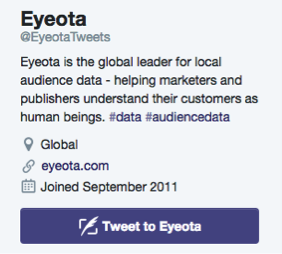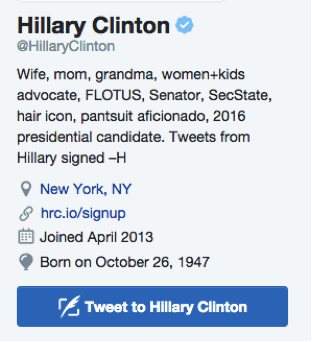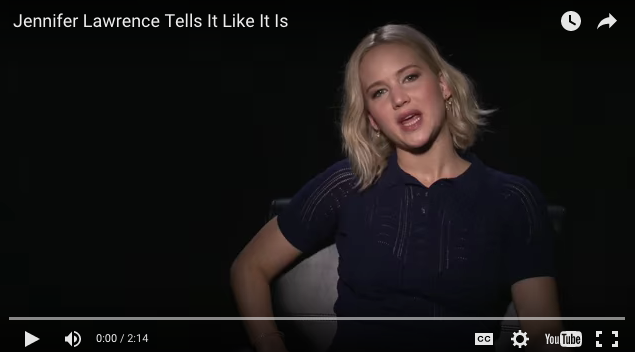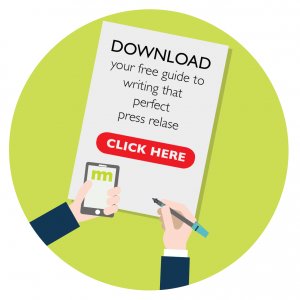Brainstorming for blog ideas used to be easy, but now the content marketing universe is constantly updating and addressing every possible pain point out there.
There’s no doubt the industry needs these thought leadership pieces, lists and guides — the on-going dialogue is important, but the straightforward approach has been done to death. This provides a fantastic opportunity for content creators to take existing topics, turn them on their heads and make their peers go, ‘Hmm, I never thought of it that way’.
Here are some ways to get brand new blog topics for your content calendar, without stepping too far from your comfort zone.
1. Listen in on social media. Social media is overflowing with chatter, so put it to use and elaborate on hot topics.
- Twitter is a nearly ungated community bubbling over with thoughts, opinions and rants that are just waiting to be blogged about. In your settings create a ‘list’ for industry leaders to block out noise and check daily for interesting opinions about ones relevant to your industry.
- Quora is literally a website full of questions that real industry people need answered. On the left column under ‘Feed’ type in keywords relevant to your industry. Or just click on your keyword and see what comes up, i.e. Search, ‘What are the best marketing strategies that startups could learn and execute?’
- Facebook is where the internet lives. Do you know of a particularly loud page? Have a look through different forums in relevant communities and see if there are any issues you can put to rest in your blog post.
2. Tune in on pain points. Make the most out of the internal meeting conversations that turn one hour meetings into two hour meetings. While different departments are duking it out on whether training should be mandatory, or whether the biz dev budget should go to schmoozing after hours, take notes. Right in the comfort of your Monday Morning Meeting is a gold mine of pain points that are probably shared with other members of the industry.
3. Search through white papers. Alright, if you’re like me you cheat and look at the summary for highlights. Research reports are a pool of interesting data on your topic. Pluck out a positive statistic that really stands out about your region, industry, or department and share with your audience what you think the causes are or what conclusions can be made from this behaviour.
4. Invite someone unexpected. A guest post always brings a breath of fresh air to any content calendar. Ask people in different positions to write guest blog posts about positions they don’t work with day to day. i.e. ask a CEO to write about the importance of customer service while on cold calls, or interview a CMO about what he looks for in an agency (then, email me the answer :))
5. Go outside. As a last resort, step outside of the office. Creativity needs space. Why do you think the Louvre is so big? All creatives need to declutter their head. Taking a 15 minute walk outside of your office will allow you to further process information from an earlier conversation you had with your boss, a client, or colleague earlier in the day.
A fresh content idea doesn’t have to dip into the realm of the unknown. All it needs is a bit of creativity and thinking outside of the box.
Need help with your content? Drop a message to [email protected]









